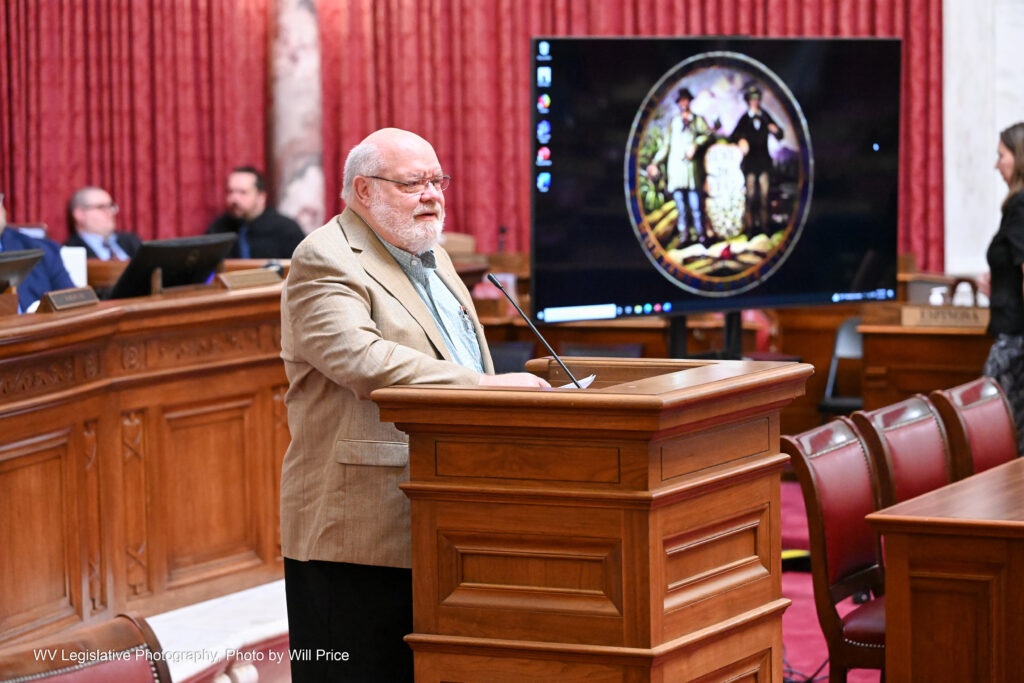Updated on Tuesday, Aug. 08, 2023 at 10:15 a.m.
The deadline for municipalities and water districts to file reports on the maintenance and testing of their fire hydrants was extended to Aug. 25 in an order issued Monday evening by the Public Service Commission of West Virginia.
“Despite the considerable number of entities that failed to respond, only a handful of entities contacted the commission to request additional time to provide the requested information,” the order said.
The order goes on to note that maintaining accurate and up to date records should be “business as usual” for a public utility and that information pertaining to utility facilities, including information regarding fire hydrants is required annually in the reports water utilities must file.
“We consider this to be a front and center public safety issue for which timing is of the essence and further delay is unacceptable,” the order said.
The order makes it clear there will be no additional extensions granted for any reason, and the PSC will proceed with appropriate actions to advise or direct utility action to protect the public health and safety.
Original Post:
Legislators heard an update about the Public Service Commission’s statewide investigation into the maintenance and testing of fire hydrants at Monday’s interim meetings.
At the end of June, the PSC initiated a general investigation and required all 301 of the state’s utilities that own fire hydrants, or that serve private fire hydrants, to report certain information including the number of hydrants owned or serviced, their age and maintenance schedules and practices by July 28.
However, during the Monday meeting of the Joint Standing Committee on Technology and Infrastructure Jonathan Fowler, PSC engineer, told lawmakers that only about half of utilities have responded.
“The water utilities have never been asked to report anything other than the number of hydrants in their annual reports,” he said. “What we’re trying to do now is to develop a more comprehensive database to reflect the industry standard on maintenance and testing of these hydrants.”
According to Fowler, there is a national standard that specifies that fire hydrants should be inspected annually and should be flow tested either every three years or every five years.
“We are trying to determine how many utilities comply with that standard,” he said.
Fowler said he has been pleasantly surprised at the number of smaller utilities that have written fire hydrant maintenance procedures and documentation.
Del. Kayla Young, D-Kanawha, said she was intimately familiar with why the investigation is happening, in reference to a fire in May that burned down a Charleston house where firefighters could not find a functioning hydrant.
“Half of these water utilities are not in compliance,” she said. “What do you do if they don’t respond? These people’s homes are potentially in danger, so how do we best protect our constituents?”
Fowler said there will be a further order issued by the PSC requiring those to respond.
“And I would suppose after this second notification, there may be an additional action by the commission,” he said.
Del. Adam Burkhammer, R-Lewis, asked if there was a plan to replace inoperable hydrants after the data collection process was concluded.
“Utilities are supposed to repair and maintain their system in accordance with the standards,” Fowler said. “For small utilities costs can be a deterrent.”
He went on to explain that new hydrants being installed on existing lines can cost between $10,000 to $13,000. He explained that hydrants are robustly designed and are designed to be maintained for 100 years.
“We have a few in this state that are over 100 years old. The majority from what I’m seeing in the data responses are less than 50 years old, and you can still get all the parts you need for those,” Fowler said. “So it gets back to an issue of requiring the utility to better maintain the hydrants. We had one utility responded that seven fire hydrants in his system are so old, he’s afraid to open them because he can’t shut them back off. So this is the kind of thing we’re getting. It’s an important public safety question.”
Fowler said once the PSC has received all the information from utilities it will be able to formulate an appropriate response.






















